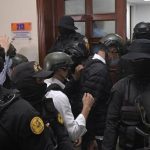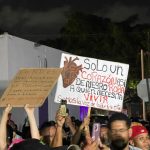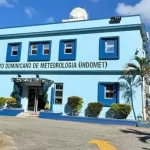Adult literacy cost does not add up in recent years In the Dominican Republic

Santo Domingo.- According to data from the Directorate of Strategic and Special Projects of the Presidency (Propeep), the cost per literate person in the implementation of the Plan Quisqueya Aprende Contigo has increased over the years. The cost went from 4,393 pesos per literate person in 2015 to 141,873.71 pesos per person in 2022.
Reports from the Ministry of Education indicate that in the second cycle of the program (2015-2017), operating expenses amounted to 2,437.4 million pesos to teach literacy to 156,004 people, resulting in a unit cost of 15,624 pesos per literate person. This was 3.56 times higher than the cost in the first literacy cycle, with fewer participants.
In the third cycle of the program (2018-2019), operating expenses totaled 2,211.59 million pesos to educate 118,783 people, resulting in a unit cost of 18,619 pesos per literate person. This was 4.22 times higher than the cost in the first literacy cycle.
From 2020 to 2022, 21,444 people became literate, and a total of 3,042,340 pesos was spent. The unit price increased significantly to 141,873.71 pesos per literate person, which is 15 times higher compared to the previous cycles.
It is worth noting that no results were reported for 2021. By December 2022, 1,199 literate individuals were reported, including 1,188 coordinated efforts between the General Directorate for Adults of the Ministry of Education, the National Police, the Armed Forces, and civil society entity Dominican ALFALIT. Additionally, 11 individuals were literate through Propeep and the La Famosa Company.
Propeep registered 3,883 illiterate individuals to be literate, and an agreement was signed with the UASD (Autonomous University of Santo Domingo) to include students from the Faculty of Educational Sciences in the National Plan of Dominican Literacy Aprende Contigo. The agreement also involved the establishment of 14,333 learning centers.
The Plan Quisqueya Aprende Contigo has received attention as it initially achieved literacy for 729,517 individuals, reducing the illiteracy rate from 14% to 5.5%. However, the program is currently on hold, and the illiteracy rate has risen to 6.5%.
















I wonder how they test literacy in these programs? Seems like a money pit. Maybe the pause will reveal the reasons for the exponential costs.